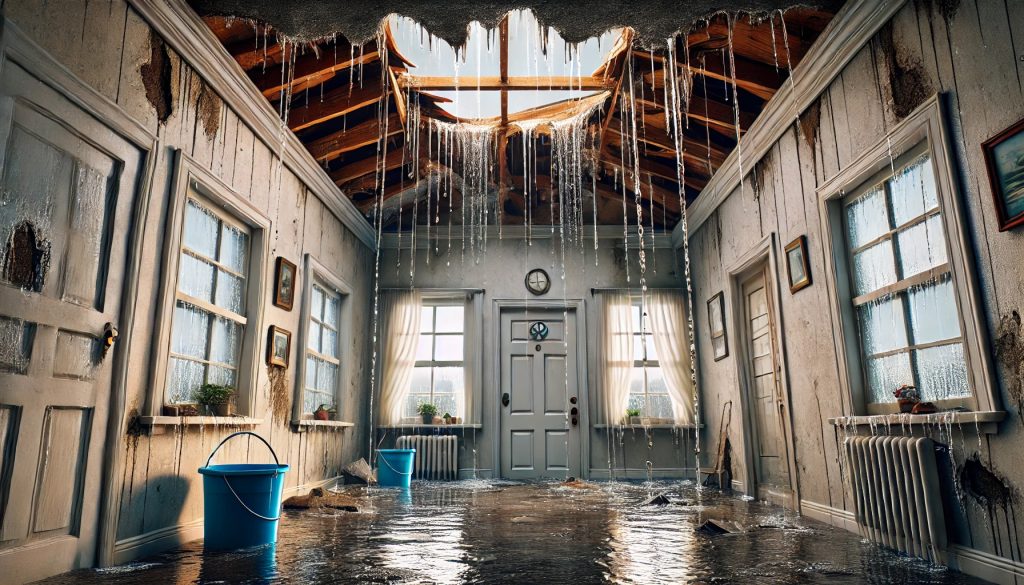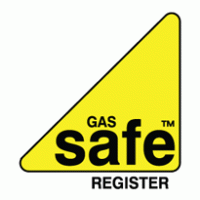
Water damage is one of the most common and costly problems homeowners face. From leaky roofs to burst pipes, water can wreak havoc on your home if not properly managed. In this blog post, we’ll explore practical tips and strategies to keep water out of your house and prevent leaks.
The roof is your home’s first line of defence against water. Regular maintenance can help you catch small issues before they become major problems.
Windows and doors are common entry points for water. Proper sealing can prevent leaks and improve energy efficiency.
Your plumbing system is a critical area to monitor to prevent leaks.
The grading of your garden can significantly impact how water flows around your home.
A sump pump can be a lifesaver in areas prone to flooding.
Cracks in your foundation can allow water to seep into your basement or crawl space.
In areas prone to moisture, consider using water-resistant materials.
Your heating, ventilation, and air conditioning (HVAC) system can also be a source of leaks.
Exterior fixtures such as taps, sprinklers, and hoses can also contribute to water damage.
Finally, educating yourself and your family about potential water hazards and how to respond can prevent small issues from becoming major disasters.
By following these tips, you can significantly reduce the risk of water damage in your home. Regular maintenance and vigilance are key to keeping your home dry and safe from leaks. Remember, addressing small issues promptly can save you time, money, and stress in the long run. Happy home maintenance!








